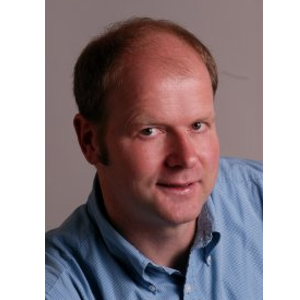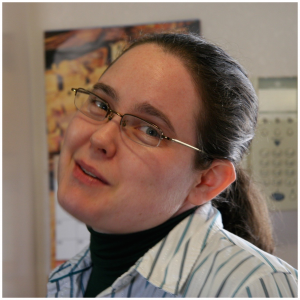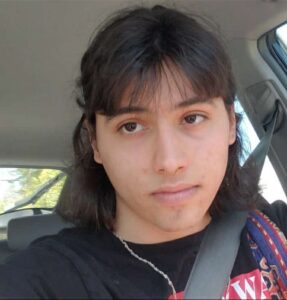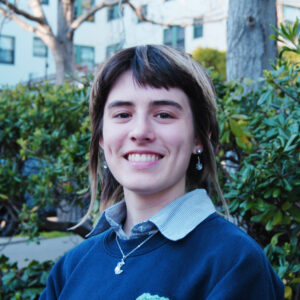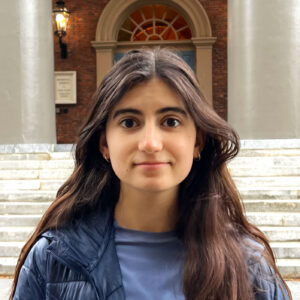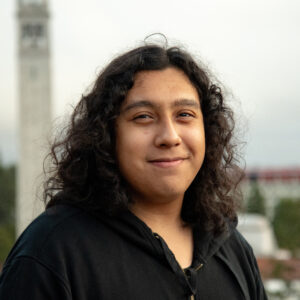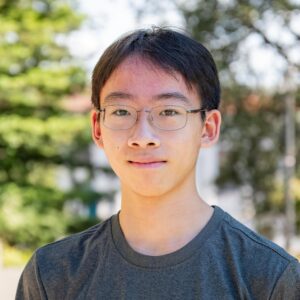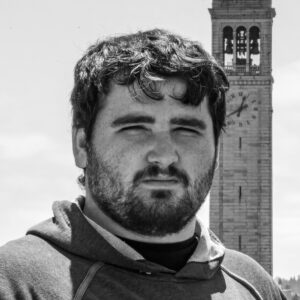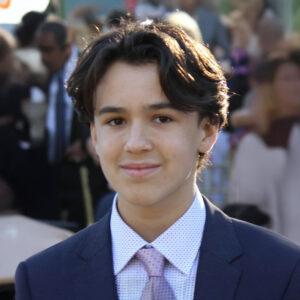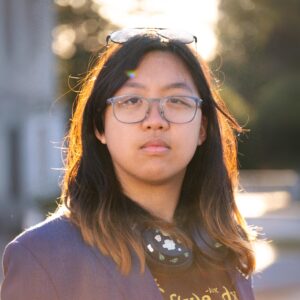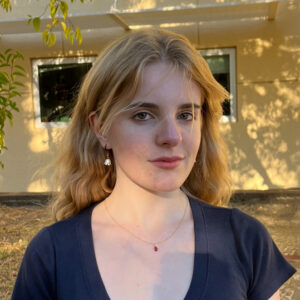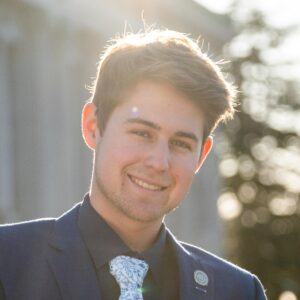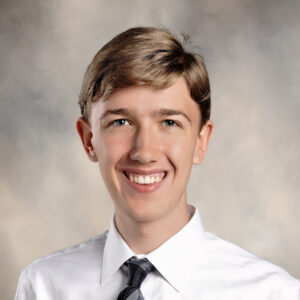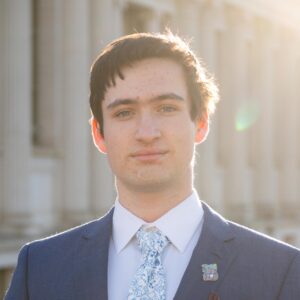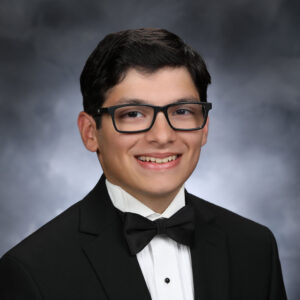The Berkeley RadWatch Project: Origins
The UC Berkeley Department of Nuclear Engineering has been performing a large range of radiation measurements since March 2011, following the releases of radioactive materials from the Daiichi Nuclear Power Plant in Japan. One of the goals of this activity was to measure the radioactivity in Californian samples that could potentially be associated with the releases in Japan using state-of-the-art experiments, to publish the data without filter or restriction, and to put the results in the context of the radiation we are exposed to in our daily lives.
In response to the resurgent interest in radiation levels due to the expected arrival of cesium at the North American west coast, we increased our efforts again in 2014-2016 to measure samples potentially affected by the Pacific Ocean current transport. In addition to measurement samples of fish, seaweed, crab, etc., we aided in the Kelp Watch initiative, which aimed at measuring a potential cesium uptake into kelp, which are of particular interest because they act as a sponge for many toxins.
Expansion of measurement capabilities
- We are now involving the more sensitive monitoring system of the Berkeley Lab Low-Background Facility; to allow investigations of smaller samples such as Bay Area sediments, etc.
- We are expanding our sample collection to include a wider range of sample types and origins and to look beyond radiation at heavy metal concentrations using neutron activation to make such measurements using the same equipment and techniques as are employed for our other measurements.
- A continuous air monitoring station was installed on UC Berkeley campus in 2014 and we have provided, of-and-on, near real-time data from this system on our website, including weather data we are collecting at the same location. The goal of this effort is not only to provide the radiation levels to the broader public but to encourage simple science projects with the data.
- We have started a new initiative, DoseNet, building a growing network of environmental and radiation sensor systems across the Bay Area, US, and internationally which connects communities, educators, and researchers across the network.
We hope you will find our data and its interpretation useful. We will continue the monitoring and the publication of results across our different measurement systems to provide an on-going context for radiation and other potential exposure risks in our environment.

Donate: Help us continue this important work
How are RadWatch projects currently funded?
Right now the RadWatch project is supported by interested students, faculty, and support staff of the Department of Nuclear Engineering at the University of California Berkeley, particularly from the BeARING group. We use equipment, laboratories, and facilities at the Department of Nuclear Engineering and recently also from Lawrence Berkeley National Laboratory, specifically its Low-Background Counting Facility. The availability of the people and the equipment is what limits the RadWatch content scope.
Why are donations needed?
Donations allow us to maintain and potentially expand our monitoring efforts in the Bay Area and our public outreach efforts in educating the public about nuclear radiation, nuclear technologies, and associated risks. We emphasize the fact that we work independently as researchers (and students) and are not driven or influenced by any entity that will limit or filter the data or information we are providing to the public.
Specifically, donations will help to involve more students in our activities, ranging from sample collections, measurements, data analysis and presentation as well as in the communication with the public. It could also help to upgrade the equipment to streamline the measurements so we can perform more sample measurements.
Finally, reflecting our expanded activities in monitoring radiation we have established a new initiative called Berkeley Rad Watch. The former Berkeley Radiological Air and Water Monitoring (BRAWM) activity is part of it.
We hope you will find the new data and its interpretation useful. We will continue the monitoring and the publication of solid samples as before on a separate system.
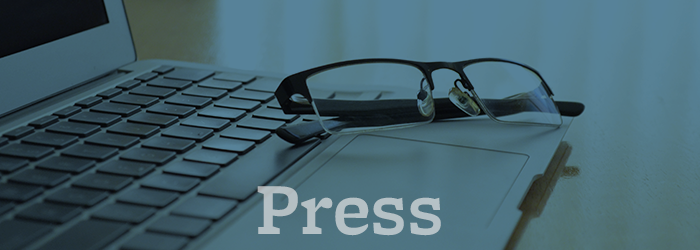
Check out our news coverage!
March 10, 2016
- SF Cronicle: "5 Years After Fukushima, Little Radiation Found in California"
- CNBC: "U.S. Watches as Fukushima Continues to Leak Radiation"
June 21, 2012
April 5, 2011
- The Press-Enterprise: "Rain, snow, isotopes in the forecast"
- The Seattle Times: "Universities come through in monitoring for radiation"
- KTVU News (Video): "ALAMEDA: Researchers Test Alameda Lawns For Traces Of Radiation From Japan"
April 1, 2011
- The Daily Californian: "Radioactive Traces Are Miniscule, Team Finds"
- The Washington Post: "As Fukushima fallout circles the globe, nuclear sleuths sift it for clues"
March 30, 2011
- KTVU News (Video): "BERKELEY: Researchers Find Trace Amounts Of Radiation From Japan In Bay Area"
- ABC 7 News (Video): "Bay Area water tested for radiation"
March 28, 2011
- Berkeley Daily Planet: "Berkeley's Window on the Nuclear Crisis in Japan"
- San Jose Mercury News: "Scientists at UC-Berkeley keep watch on Japan radiation levels from a campus rooftop"
- KTVU News (Video): "JAPAN CRISIS: Cal Scientists Continue To Test For Radiation From Japan"
March 25, 2011
March 19, 2011
March 18, 2011
- KTVU News (Video): "BERKELEY: Trace Elements Of Radiation Detected In California Skies"
- KTVU News (Video): "KTVU EXCLUSIVE: UC Berkeley Nuclear Physicist Kai Vetter Speaks To KTVU About Radiation"
- Reuters: "US West Coast radiation risk low but fears persist"
- NBC Bay Area: "Radiation Levels Hold Steady on West Coast"
- ABC 7 News: "Harmless traces of radiation detected in Bay Area"
- New York Times: "For Hardy Californians, Another Frisson of Danger"
- The Associated Press: "Officials dispel health threats from fallout reaching California"
March 17, 2011
MEET OUR TEAM
Kai Vetter
Dr. Kai Vetter is a Professor in the Department of Nuclear Engineering at the University of California, Berkeley and Faculty Senior Scientist and Head of the Applied Nuclear Physics program at the Lawrence Berkeley National Laboratory. He is director of the Institute for Resilient Communities that was established in 2015 to address the need to better integrate advancements in sciences and technologies with communities through education and outreach locally and globally. Prof. Vetter initiated and still leads the Berkeley Radwatch and DoseNet programs.
Ali Hanks
Ali Hanks is a Research Scientist and Lecturer in the Nuclear Engineering department at UC Berkeley. She works under Prof. Kai Vetter as a member of the radiation imaging group, mentoring graduate and undergraduate students in nuclear science research. Dr. Hanks operates as the day-to-day lead for the RadWatch and Dosenet teams and runs a summer internship program for high school students sponsored by this outreach program.
Chris Lamb
Chris is a PhD student primarily acting as a resource for other undergraduate researchers involved with DoseNet and RadWatch or helps with public education at outreach events .
Dani Solakian
Dani Solakian is an Undergrad Student Researcher working with the Dosenet/Radwatch team to educate, empower, and provide tools for the public to understand radiation and the environment surrounding them.
Benjamin Huang
Ben graduated UC Berkeley with a bachelors in Nuclear Engineering and currently works as a junior researcher assisting undergraduate researchers, lab interns, and PhD students in their projects and endeavors.
Aditya Arunachalam
Aditya is a rising sophomore at Basis Independent Fremont, working with seismic sensors and analyzing data taken from Dosenet’s sensors. He’s interested in computer science, math, and physics, and in his free time, enjoys following basketball and baseball.
Kel Strathearn
Kel is a sophomore at UC Berkeley majoring in Nuclear Engineering, with an intended minor in EECS. They are interested in how radiation interacts with natural ecosystems and computer science. Kel helps in the UI design of our portable sensors and data visualization.
Esther Luvishis
Esther is a junior at Maria Carrillo High School. She is primarily focused on outreaching to local high schools including her own as well as helping out and learning about RadWatch's data analysis endeavors.
Gilder Montepeque
Gilder is a senior at UC Berkeley majoring in Nuclear Engineering. He is currently working on neutron activation analysis, software development, and outreach events. He bought a fridge from Ben lmao.
Kevin Wu
Kevin, a senior at Monta Vista High School, is currently working on an improved design for stationary DoseNet systems. He has previously worked on companion smartphone interfaces for portable DoseNet systems.
Dylan Odwyer
Hi, I am Dylan I am a fourth year undergraduate studying mechanical engineering with a concentration in aerospace engineering. I currently work on iterative designs for the sensors that RadWatch has.
Rex Riedel
Rex is a sophomore at Redwood High School, focused on outreach with RadWatch and the American Nuclear Society. In his free time, he swims and tinkers with radiation detectors.
William Chen
William is a senior at The Quarry Lane School. He has developed software for mapping and data collection with portable DoseNet devices. Currently, he works on designs to integrate new sensors with DoseNet's systems.
Kat Leong
Kat is a UC Berkeley freshman majoring in Nuclear Engineering. They are currently working on hardware calibration and maintenance, development of DoseNet network devices, and outreach events for the group.
Lillian Merrill
Lillian is a sophomore at Redwood High School, and her work at RadWatch centers around outreach. Lillian co-chairs the American Nuclear Society Accelerators, and is particularly interested in reactor simulations and nuclear policy.
Edward Owen Koijane
Edward is a Freshman at UC Berkeley Majoring in Physics/Astrophysics, with an intended minor in Nuclear Engineering. He focuses specifically on particle/nuclear physics and aspires to be an experimentalist. Currently, he assists in building and maintaining DoseNet’s systems and is interested in Outreach and Sample Measurement Systems.
Sam Wolf
Sam is a freshman at UC Berkeley majoring in Nuclear Engineering intending to minor in Middle Eastern Languages and Culture. He is passionate about nuclear outreach and education as well as radiation detection.
Emilien Strudel
Emilien is a freshman at UC berkeley majoring in Nuclear Engineering. With a passion for research and development, he is currently working on refining analysis techniques, ground sample measurement, network device development, and the establishment of more robust data collection frameworks.
Alex Block
Alex "Grass" Block was a UC Berkeley freshman studying Norwegian Studies but mispelled it and settled for Nuclear Engineering. He is currently supposedly focusing on calibrating DoseNet devices... if only he wasn't eating our sources before he could finish.
Daksh Rana
Daksh is a freshman at UC Berkeley studying Nuclear Engineering. He is passionate about nuclear outreach, calibrating DoseNet devices, and general hardware maintenance.

